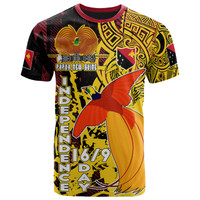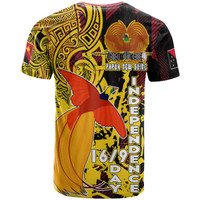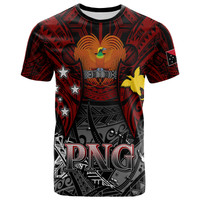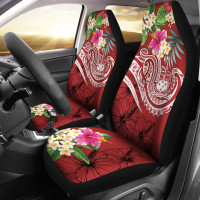Ten interesting facts about Chuuk
Posted by Maris on 22nd Apr 2024
Wreck divers consider Chuuk, also known as Truk Lagoon, to be the paradise. Chuuk is located in the Federated States of Micronesia, or FSM for short. Take a look at these ten fascinating facts about Chuuk before you travel there to see the aquatic marvels!
Its name
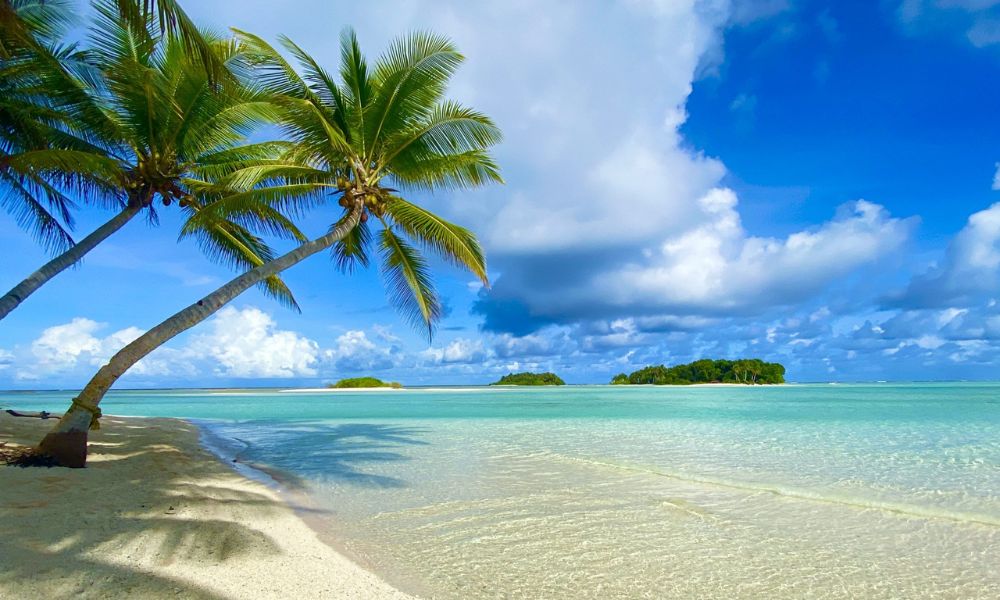
Chuuk translates to "high mountains" in Chuukese. You will know immediately why it was given this name as soon as you arrive! One prominent sight that rises over Chuuk International Airport is the peak Tonnachau.
The fact that we don't always refer to Chuuk as Chuuk is another fascinating feature about it. We call it Truk a lot. So, Chuuk or Truk, shall we say?
It's among the least traveled locations in the planet.
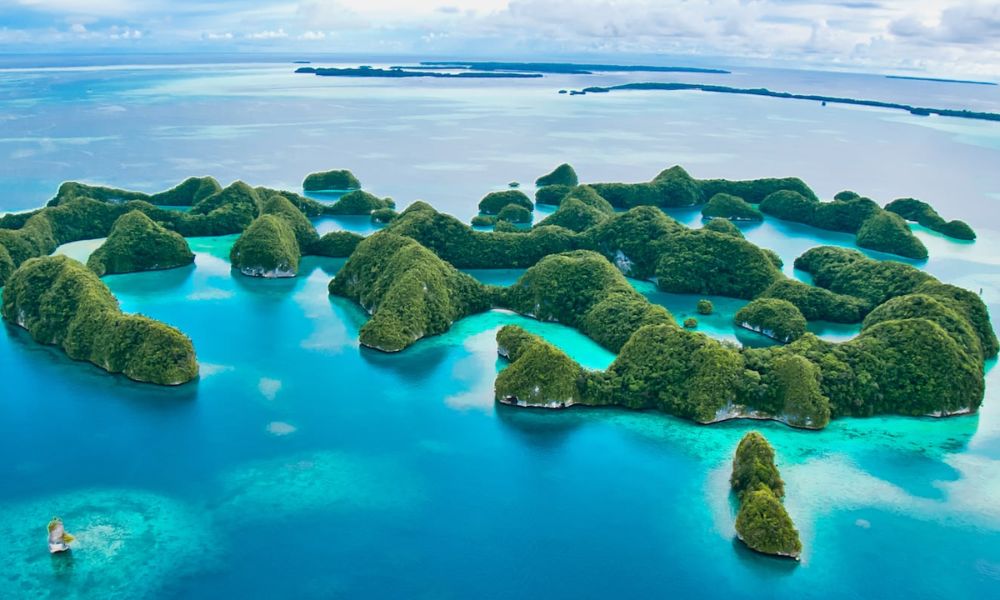
According to a survey by the United Nations World Tourism Organization, the country is among the least visited in the world due to its small size and remote location. It comes in ahead of the Solomon Islands (22,000 visitors) but behind the Marshall Islands (6000 visitors). Less than 19,000 people visit the FSM annually, and the majority of them come for diving.
If you are not a diver, it's likely that you have never heard of the FSM. Feel free to try it out on your relatives and coworkers! We often take you to quite spectacular spots here at Master Liveaboards!

The legend of Wonip
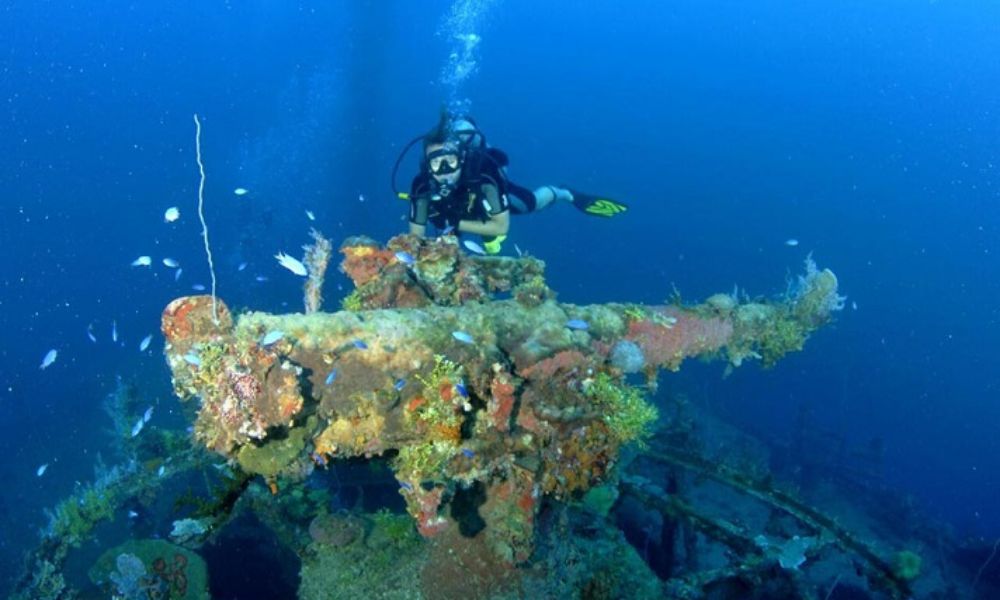
Every hamlet on Earth possesses a unique legend. Chuuk follows suit, boasting the legend of Wonip (sometimes referred to as Wanip). According to the legend, the father of five brothers who lived on an island in Chuuk Lagoon informed them about a lost island that sank in the lagoon. The five brothers decided to hunt for it after their father passed away, and they looked for it for three days before discovering it. They all stopped searching for it after concluding that it was merely a story. However, the younger sibling was unable to get rid of the notion and decided to continue looking on his own.
He saw a large white shark in the water and pursued it. The youngster sensed that this shark was the spirit of his father, and the shark did indeed guide him to a location. When the shark abruptly left the brother, he felt this was the spot, so he let go of his anchor and went swimming. He dove well below the surface and, amazingly, there was the missing island! After he returned home to share the news, the five of them left to return to the location.
Following the island's tying up, they each made an unsuccessful attempt to raise it out of the water. The last to attempt was the younger brother. He succeeded in bringing it to the surface, much to everyone's surprise. Just then, a black bird soared over them. The bird advised the brothers to rename the island Wonip. Additionally, he informed them that it would always belong to the youngest son who had trusted his father.
Whether it is true or not, the brothers' clan named Wonip was a genuine island.
The centre of a political chess match
Chuuk has been ruled by many different countries over the years. After Álvaro Saavedra, a Spanish adventurer, made the first observation of the islands in 1528, Spain claimed them. Tradesmen and whalers visited the islands on occasion for over three centuries, until Germany eventually bought parts of Micronesia from Spain in 1899.
Japan spent a significant amount of time and money defending the islands after annexing them in 1914. This made them, like many other Pacific islands, a prime target for allied forces in World War II. Of course, this happened and produced many artifacts on land in addition to the incredible wrecks you can still dive today.
Following the war, they were included in the newly established United Nations Trust Territory of the Pacific Islands, which was run by the United States from 1947 to 1979. Many Pacific island countries were part of the trust, but it was dissolved when the Marshall Islands gained their independence because they refused to give up the additional funding they were getting from the US for allowing the nuclear testing. Chuuk became a part of the newly established Federated States of Micronesia, which had Pohnpei as its capital, in 1979 after a plebiscite. After that, they and the US signed the "Compact of Free Association." This indicates that the USA, who also have the authority to establish military bases there, is in charge of defending the FSM. The US provides financial help to Micronesia equal to two thirds of its GDP annually, and its residents are allowed to reside and work there.
Thus, the nation has essentially been the center of a political chess match spanning from Spain to Germany to Japan to the USA!
The missing ship lagoon
Truk Lagoon was explored in 1969 by Jacques Cousteau, William A. Brown, and their team. In 1971, Cousteau created a documentary titled "Lagoon of Lost Ships." It was made available as a part of the renowned television program "Undersea World of Jacques Cousteau." Truk Lagoon gained immediate notoriety as a haven for wreck hunters and scuba divers as a result of this occurrence.
They investigated the Pacific lagoon in the episode to discover how aquatic life adjusted to unfamiliar objects. The divers also find the remains of hundreds of the crew members who perished in the unique living quarters centered around the third hold of an undiscovered sunken vessel. It was eventually determined that the ship in issue was the Aikoku Maru.
For two months, Cousteau's crew was filming, but they weren't on the renowned Calypso expedition ship. They employed a local operator who was clearly well-informed about the hidden riches. At the time of shooting, the names of the majority of the wrecks were either unknown or unconfirmed. The team investigated both underwater and on land antiquities.
Cousteau exaggerated the depths of the wrecks to add to the fascinating information about Chuuk. At the time, he added, the lagoon was empty of big fish and other marine species that typically inhabit shipwrecks. Even in the late 1960s, the effects of war were still being felt, and the use of explosives throughout the conflict had drove away significant fish populations.
"The living must bear the burden for generations to come," as Cousteau once stated. The episode's final words are still relevant today.
A mystical world of life and death is shown in Truk Lagoon. On the one hand, the remnants of conflict are absorbed by nature. Additionally, she has kept them intact. All traces of humanity's foolishness will disappear from the bottom of Truk Lagoon in just a few generations.
Operation Christmas Drop
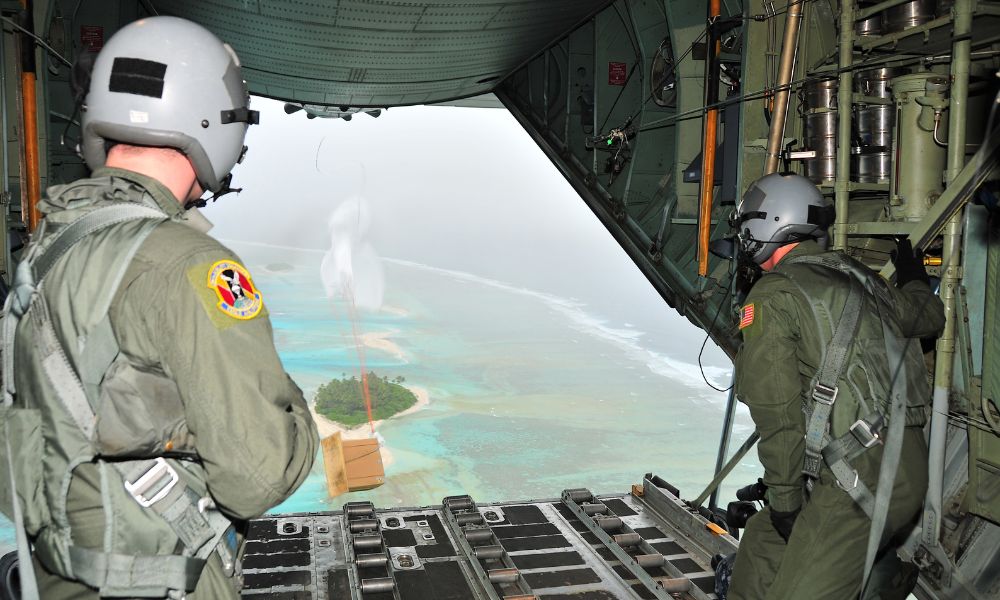
The longest-running active US Department of Defense effort is called "Operation Christmas Drop." It is still the global record holder for the longest-running humanitarian airlift. When a crew noticed some of the villagers waving at them while flying over the atoll of Kapingamarangi, the mission initially began as an isolated, spontaneous gesture. The team dropped the cargo by parachute after swiftly gathering some belongings they had on board. It was officially recognized as a US Air Force training mission in 1952, and as of right now, more than 360,000 kilograms of supplies have been dropped.
The operation, which targets 20,000 islanders and Micronesia territory, is mostly carried out from Guam, while it is sometimes occasionally carried out from Japan. Almost 200 kg of goods, including fishing nets, building supplies, grains, canned goods, shoes, clothes, toys, and school supplies, are dropped from an aircraft in each box. Just off the beaches, containers are dropped into the water so as not to damage nearby residents or infrastructure.
Operation Christmas Drop: December 2020 drop in Palau
Operation Christmas Drop serves as a training exercise for US army personnel who would eventually be responsible for humanitarian air drops to locations such as Afghanistan and Iraq. The Royal Australian Air Force and the Japan Air Self-Defense Force also took part in the mission in 2015.
The million dollar wreck
The "San Francisco Maru" is the most well-known wreck in Chuuk, yet everyone refers to her as "The Million Dollar Wreck." Her cargo is most likely the source of the nickname. She carried numerous weapons, vehicles, tanks, and other priceless goods, much of which is still visible today.
An impending eco issue
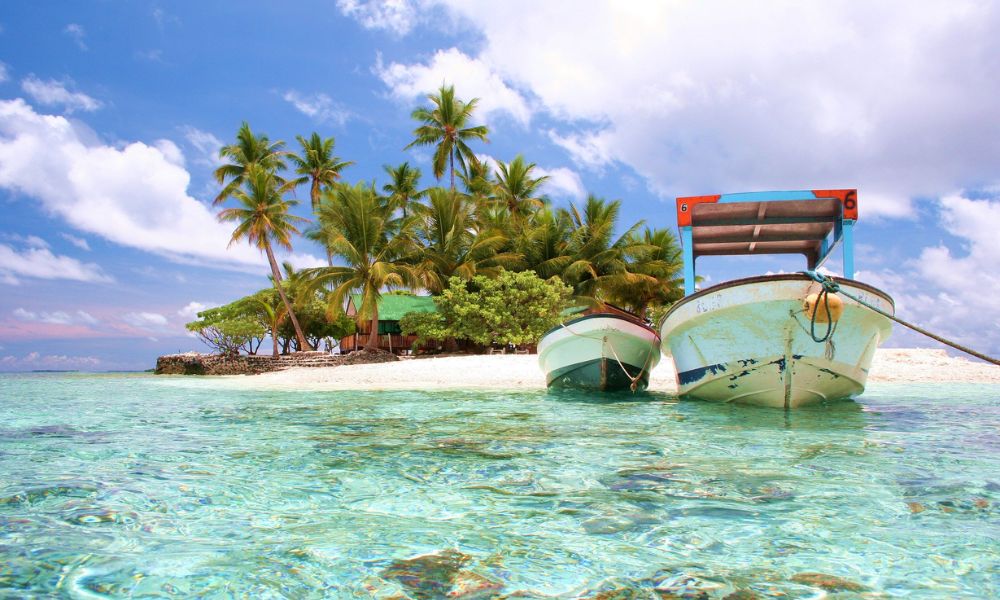
It is evident that the wreckage in the lagoon sank during hostilities. This indicates that they were not cleaned before plunging into the abyss. A group of scientists from Australia compared the possible large-scale oil leak into the lagoon to the consequences of the Exxon Valdez oil spill in Alaska.After all, the aging Japanese fleet probably contains tens of thousands of tonnes of oil. The only silver lining is that many of the ships may have had relatively limited amounts of fuel in their bunkers in 1944, considering the sorry status of the Japanese war effort.
Since 2008, environmental protection organizations have been investigating the wrecks and liaising with Japanese specialists to estimate the amount of oil that may be present in the hulks. The three sunken oil tankers—among them the Hoyo Maru—are especially concerning.
Pumping out the oil is the only long-term approach to prevent serious harm to the local economy and biodiversity. Who will pay the bill is unclear. The Chuukese government is unlikely to have enough money, and although the vessels are Japanese, they are in foreign territory. In addition, the ships are designated as Japanese war graves, meaning that the Japanese government will eventually need to be involved in the cleanup.
Traditional marriage practices

In Chuuk tradition, a man had to be skilled in boat and house construction, fishing, farming, and house building before he could even consider getting married.
He would tell his parents he was ready for marriage once he had mastered all those abilities. After that, his parents would begin searching for the ideal candidate to become his wife. They would go see the girl's parents to introduce themselves and maybe talk about the marriage after they had chosen a girl. Until the wedding day, the children would trade places, with the man staying at his in-laws' house and the woman at hers, if both parties consented.
The heads of their respective families and clans would attend a feast on the wedding day. It was customary for the boy's family to get enough food from the girl's family. His family would provide the same kindness to the girl.
This is tradition, of course, and it has evolved throughout time. However, Chuuk still has remnants of these historical customs. This is demonstrated when they select a mate who is both a good worker and a good fit for their separate communities. Someone who can't work in Chuuk isn't going to have a happy marriage.
Budget
The Chuukese have a tradition known as "budget." It's a really simple idea and a component of island etiquette. To put it plainly, you should give someone your excess if they advise you to "budget" and you have something more. Since family and clan are very significant, family members typically use this technique. Chuuk culture has always been communal. Particularly when it comes to family, what is mine is yours, and what is yours is mine!
To put it in perspective, prestige is not determined by your occupation, title, or financial status. It depends on the number of people you know and the clan they belong to. Thus, giving is caring.



